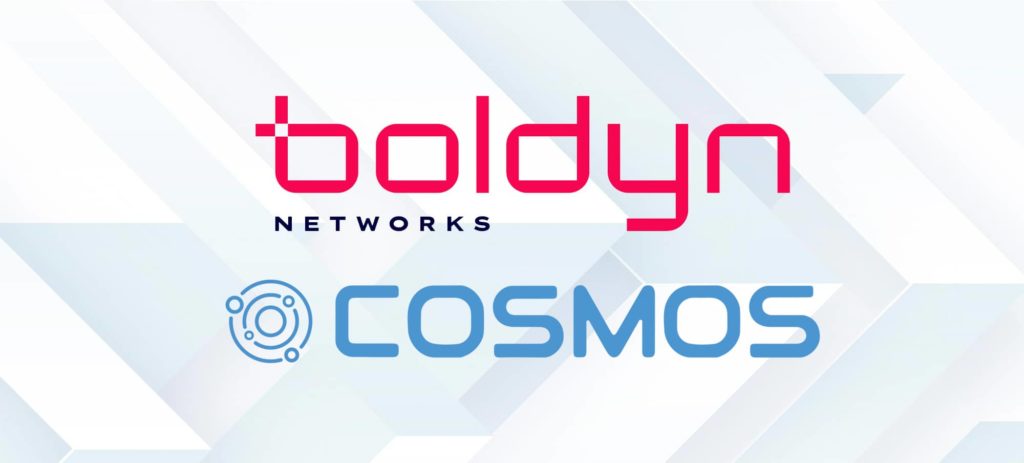
- Boldyn Networks’ New York City fiber enables high-capacity, low latency data aggregation for the 5-year long testing period.
- Cloud Enhanced Open Software Defined Mobile Wireless Testbed for City-Scale Deployment (COSMOS) is a team led by Rutgers, Columbia Engineering, NYU, New York City, Silicon Harlem, City College of New York (CCNY), IBM, and University of Arizona.
Read this Press Release on Boldyn News
Boldyn Networks, the National Science Foundation (NSF), and Columbia University have partnered to achieve a significant milestone by announcing the test completion and release of field trial results from the COSMOS testbed. This city-scale advanced wireless testbed, funded by the NSF Platforms for Advanced Wireless Research (PAWR) program, supports real-world experimentation on next-generation wireless technologies and applications, enabled by Boldyn Networks’ New York City fiber interconnect.
Deployed in Upper Manhattan, the COSMOS testbed covers one square mile in West Harlem, with City College to the North, Columbia University’s Morningside Heights campus to the south, and the Hudson River to the west. The COSMOS platform consists of multi-node network connections between Columbia University, the City College of New York (CCNY), and 32 Avenue of the Americas (32AoA).
“COSMOS aims to demonstrate the effectiveness of advanced wireless technologies and their many applications within city-wide deployment. The field trial results, made possible by the Boldyn Networks fiber plant, allowed us to gather critical data related to urban life. With this partnership, cities like New York can better leverage their resources to advance smart city applications, such as exploring increased safety for pedestrians by introducing technology for smart intersections,” said Gil Zussman, Professor within Electrical Engineering at Columbia University and Member of Columbia’s Data Science Institute.
The project’s technical architecture utilized Boldyn Networks fiber connectivity for delivering ultra-high bandwidth and low-latency wireless communication tightly coupled with edge cloud computing. Researchers at Rutgers, Columbia University and NYU deployed multiple experiments remotely through a web-based portal to provide various facilities access for experiment execution, measurements, and reliable data collection.
“The Boldyn Networks fiber plant covers thousands of route miles in New York and New Jersey, and our partnership with the National Science Foundation and Columbia University successfully demonstrated how a shared infrastructure can efficiently accommodate for multiple entities access to reliable real-time data in a dense urban environment,” said Jeff Garte, President, Northeast, Boldyn Networks’ US Business.”
Boldyn Networks’ fiber backbone enabled COSMOS researchers to collect and aggregate critical data, using the fibers as sensors for vehicle traffic, demonstrate inter-data center connections, and characterize the performance of optical equipment in an urban environment. The fiber network will also enable experimentation in the recently funded NSF Engineering Research Center for Smart Streetscapes (CS3).
The COSMOS testbed allows for educational and research experience of its academic partners and can transform the testbed-generated research into an innovative learning platform for students. COSMOS and Boldyn Networks have also engaged with local communities to design vocational workshops for middle and high school students. Boldyn Networks has partnered with Silicon Harlem to open the first Gigabit Center in New York City and teach basic as well as advanced STEM concepts through running experiments either locally or on the COSMOS testbed.
Results of the COSMOS experimental trial via the Boldyn Networks fiber plant can be found in several research papers (including a paper that was selected as best paper in ECOC’23) as well as in the following news item and press release.
About COSMOS
The COSMOS project is funded by the NSF Platforms for Advanced Wireless Research (PAWR) program and is aimed at design, development, and deployment of a city-scale advanced wireless testbed in order to support real-world experimentation on next-generation wireless technologies and applications. The COSMOS architecture has a particular focus on ultra-high bandwidth and low latency wireless communication tightly coupled with edge cloud computing. As such it enables the design of beyond-5G and 6G networks. Researchers are able to run experiments remotely on the COSMOS testbed by logging into a web-based portal which provides various facilities for experiment execution, measurements, and data collection. Learn more: cosmos-lab.org/


